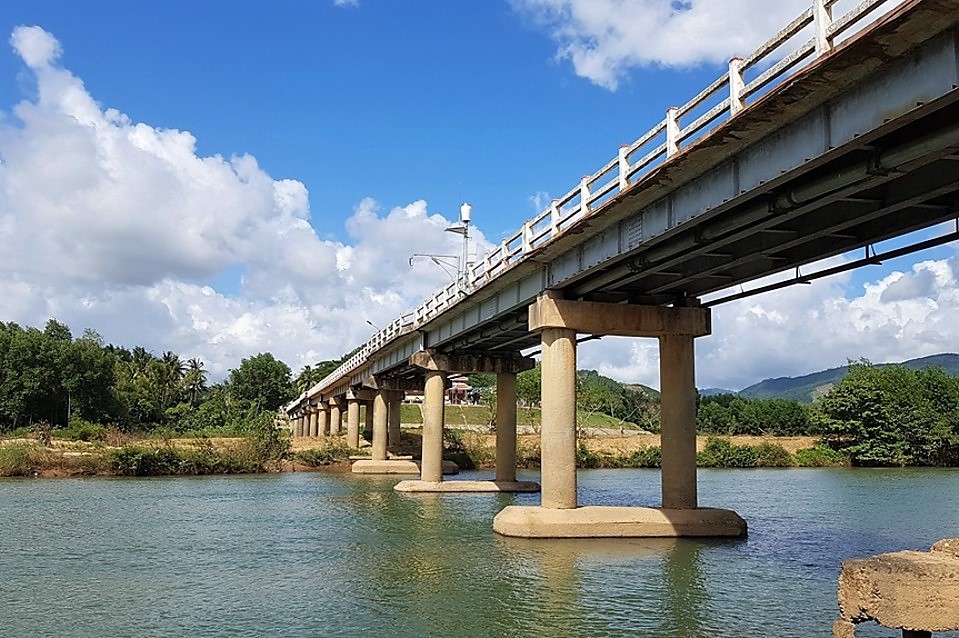
SOUTH-CENTRAL VIETNAM
Flood Forecasting and Warning System in the South-Central provinces of Vietnam
REQUIREMENTS
Floods in Vietnam represent a constant threat that occur throughout the year in different areas of the Country, affect the safety and well-being of the population and cause enormous economic loss, which in turn hamper the social development.
Minimizing flooding damages is among the main target of all Vietnamese institutions concerned, especially the Ministry of Natural Resources and Environment (MONRE). Vietnam Hydro-Meteorological Administration (VNHMA) has the responsibility to upgrade the specialized telecommunication system with advanced technologies to ensure the timely and accurate data collection and dissemination of all forecasting information for flood and typhoon preparedness and prevention in Vietnam.
FEATURES
The present project is the successor to, and promote the achievements of, the previous project “Improving the Flood Forecasting and Warning System in Vietnam - Phase I”, implemented by CAE in 2009 in the Middle Central Region.
The second phase will be deployed in the main river basins located five provinces of Binh Dinh, Phu Yen, Khanh Hoa, Ninh Thuan and Binh Thuan.
The aim of the project is to accomplish and modernize the Flood Forecasting and Warning System of Vietnam, under the leadership of MONRE, as an essential part of the Master Plan on the Strategy of Natural Disaster Preparedness and Prevention in Vietnam.
In order to achieve the objective of quality and robustness, which has always been the outstanding feature of CAE's monitoring systems, the detailed site design, the supply and installation of reliable and precise equipment are strictly required, together with highly reliable and flexible dedicated software and all the necessary elements to provide the client with a system that is capable of:
- Improvement of surface water and precipitation monitoring system;
- Improvement of data collection and processing system;
- Improvement of data communication system;
- Improvement of weather forecast and early warning systems;
- Improvement of preparedness of local staff.
COMPOSITION
The system will be composed of:
- 114 Automatic monitoring stations:
- n. 13 Meteorological Stations
- n. 17 Hydrological Stations
- n. 83 Rainfall Stations
- n. 1 Marine meteorological station
- 6 Control centres:
- n. 1 National centre
- n. 1 Regional centre
- n. 4 Provincial centres
Considering the complexity of this project, in addition to the supply and installation of a comprehensive technological system in the territory, the contract includes also the training activities and the supply of high value-added services.

 DOWNLOAD PDF
DOWNLOAD PDF





